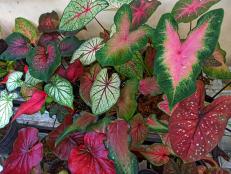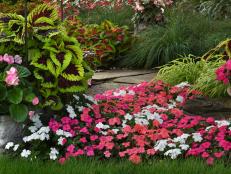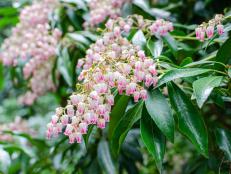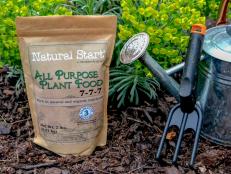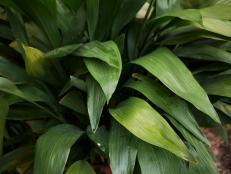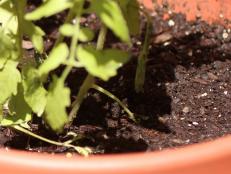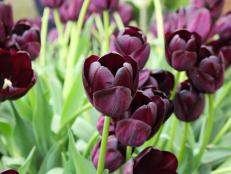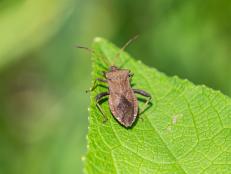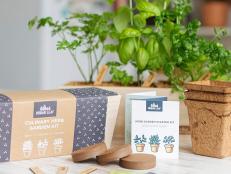North-Facing Garden
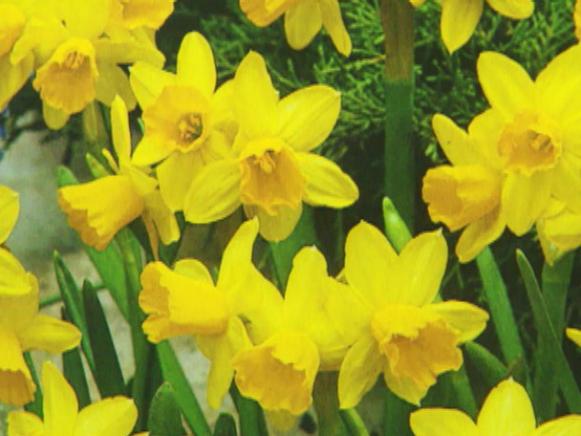
Master gardener Paul James decides to spruce up one of his mother's planting beds for her upcoming birthday. He selects a narrow bed along a sidewalk that leads to a patio where his parents spend their time outdoors. Located on the north side of the house, it lies in heavy shade most of the day with filtered light peeking through during the afternoon.
Preparing the planting bed
James first removes the existing plants. He saves those that fit into the new planting scheme and finds new homes for the other plants elsewhere in the landscape.
The next step is to amend the soil. James adds several bags of composted potting mix loaded with organic matter. This particular mix is made specifically for azaleas and contains a good amount of peat moss. Peat moss is acidic, but by blending the potting mix with the existing soil, the resulting pH will be only slightly acidic, which is ideal for the plants he plans to use. Using a shovel, he turns it into the top few inches of soil until it has been worked in.
The addition of the potting mix will also raise the level of the bed to promote good drainage. By making the bed higher in the rear, water will move toward the front of the bed onto the sidewalk, allowing it to drain away from the plants. With the soil ready, it's time to plant.
Planting

Shade-loving plants, including hydrangea, heuchera, autumn fern, golden Japanese sweet flag and ivy, are selected for the new bed. James also uses pansies and daffodil bulbs for seasonal color. The three hydrangeas chosen are a relatively new introduction called 'Endless Summer'. Hardy to USDA Zone 5, they grow to about five feet tall and in time will help to soften the nearby brick wall. 'Endless Summer' blooms nonstop throughout the summer, which is unusual for hydrangeas. The blooms are blue in acidic soil and pink in alkaline soil.
The hydrangeas also serve as solid anchors in the bed, especially because each plant will be equally spaced between the plants. "Ordinarily, I shun this kind of symmetry, but given the linear look of the bed and the sidewalk, I decided to go with it rather than fight it," says James.
To further soften the brick wall, Boston ivy is planted along the back of the bed. The vine will eventually cling to the brick, adding a green background.

Next he plants autumn ferns (Dryopteris erythrosora) which are hardy to USDA Zone 3 and evergreen to Zone 6. They ultimately grow to about two feet tall and don't require a lot of maintenance.

To complement the green foliage of the ferns, Heuchera 'Palace Purple' is planted for its contrasting purple leaves. This classic variety of heuchera is the 1991 Perennial Plant of the Year.
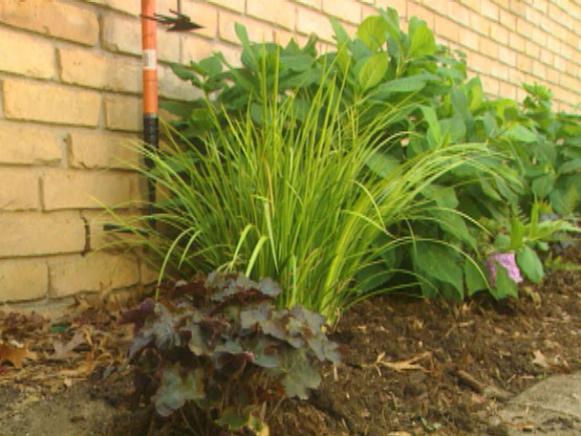
Although grass-like plants aren't often thought to be placed in a shade garden, there are some that do quite well. One example is Japanese sweet flag (Acorus gramineus). It grows well in moist and wet soils but also does well with regular watering in a drier soil. Another perk of this plant is that it's easily propagated by division. After removing the plant from its container, you can simply take a clean, sharp knife and cut right through the middle of the clump, creating two separate plants.

A single evergreen specimen, Hinoki cypress, is added to the west end of the main bed. This plant has a twisted form and reaches eight feet tall and three feet wide. It's a quick grower, growing up to two feet a year.
Adding seasonal color

Once the garden's framework is established, James adds seasonal fall color like daffodils and pansies to the bed. Planting them in groups of 12 in the front of the bed, he uses a daffodil cultivar named 'Tete-a-Tete' for its bright yellow blooms that grow to about eight inches tall. On top of the bulbs, James adds several bicolor pansies named 'Ultima Morpho'.
Once everything is planted, he waters all the plants well, making sure to deep soak them so the moisture reaches the root zones. Finally, a three-inch layer of aromatic cedar bark mulch is added as the perfect finishing touch to this garden bed.







